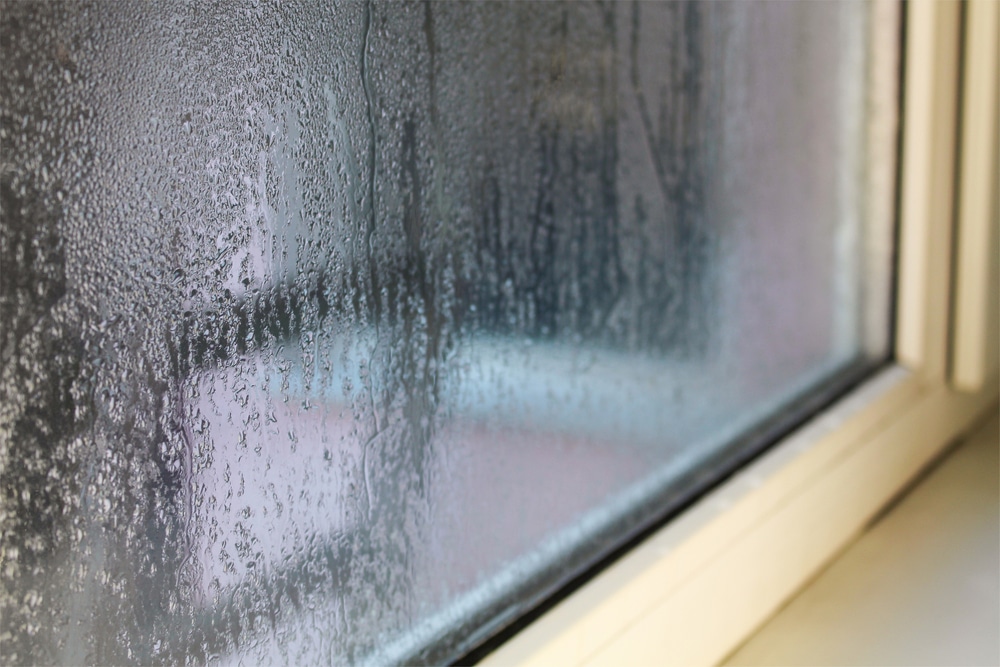If you’ve recently upgraded to new windows and noticed condensation forming on the outside, don’t worry. This is actually a good sign, showing that your windows are effectively enhancing your home’s energy efficiency and comfort. Here’s a straightforward explanation about why you might see condensation on the exterior of your double-glazed windows and why it’s not a cause for concern.
What causes condensation on the outside of windows?
Whether we are replacing your old windows or providing new ones for your build opening, both come with thermally insulated frames and high-quality glass as standard.
Unlike the earlier versions of double glazing, which typically featured two panes of glass separated by air, our offerings include advanced glass with features like a soft-coat low-emissivity coating, warm edge spacer bars, and argon gas fill, elevating their performance significantly. We even offer options like vacuum-insulated glass and krypton gas fills, not to mention the option for triple glazing.

Thanks to these improvements, our latest generation aluminium and PVCu windows and doors keep more heat inside your home, leading to a more comfortable indoor temperature. The result is that the inner pane of glass stays warmer, preventing condensation from forming inside your home, as it now forms on the first cold surface it encounters, which is the outside pane.
Why condensation forms on the exterior pane of glass
The enhanced quality of our glass and windows means that you might notice condensation forming on the exterior. This may be surprising at first, especially since you’ve invested in these upgrades to better your living space. The external condensation occurs because the windows are so efficient at keeping heat inside, causing the external pane’s temperature to drop below the dew point.
Understanding where condensation forms on your glass
Image of a cream window with condensation on the outside Condensation inside your home, on the interior of your windows, typically indicates excessive moisture in the air from activities like cooking, bathing, or drying clothes on radiators. To combat this, improve ventilation in your home and keep the trickle vents in your windows and doors open.
If you find condensation between the panes of glass, it usually means the seal has failed and the glass unit needs replacing.
Managing condensation on the exterior of windows
Condensation on the exterior of windows is most common in the autumn and will disappear as the outside temperature increases. Although it may temporarily obscure your view, it’s a temporary situation.
Your new windows are designed to retain heat inside your home and prevent cold from penetrating, in stark contrast to old single-glazed windows that let heat out and cold in. The colder external temperature of your new window compared to the replaced glass or window is a sign of their effectiveness.
With so many window advertisements claiming to eliminate old window condensation issues, it’s understandable to be surprised by exterior condensation on new double glazing. However, rest assured that your new windows are doing their job excellently, insulating your home and reducing heat loss — a boon for your heating bills.
Discover the best in energy-efficient windows with Grandview Home Improvements.
Looking to improve your home with better energy efficiency, insulation, comfort and security? Contact us today to learn more about our range of energy-efficient aluminium windows and contemporary sliding doors, all fitted with high performance glass and boasting modern design and insulation.

